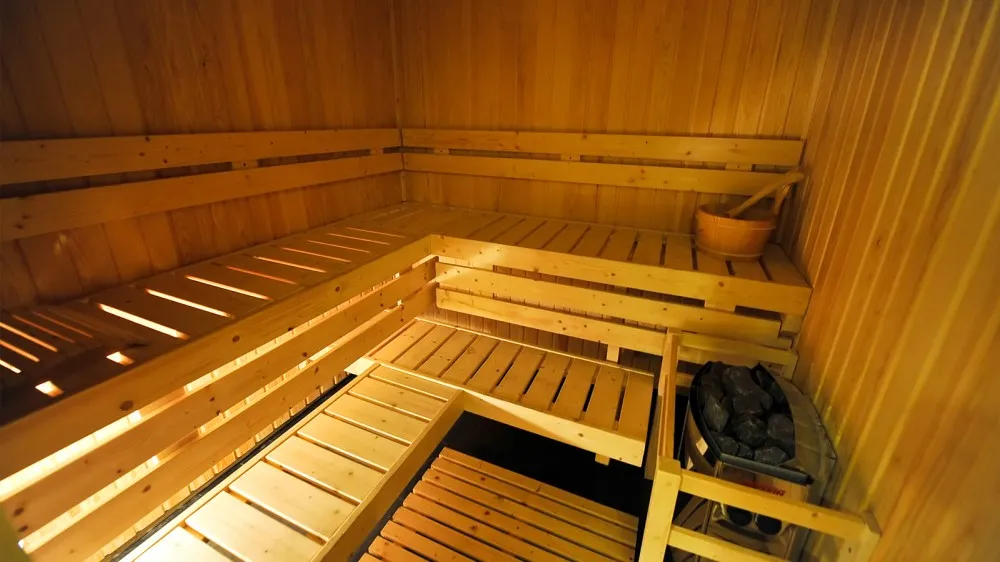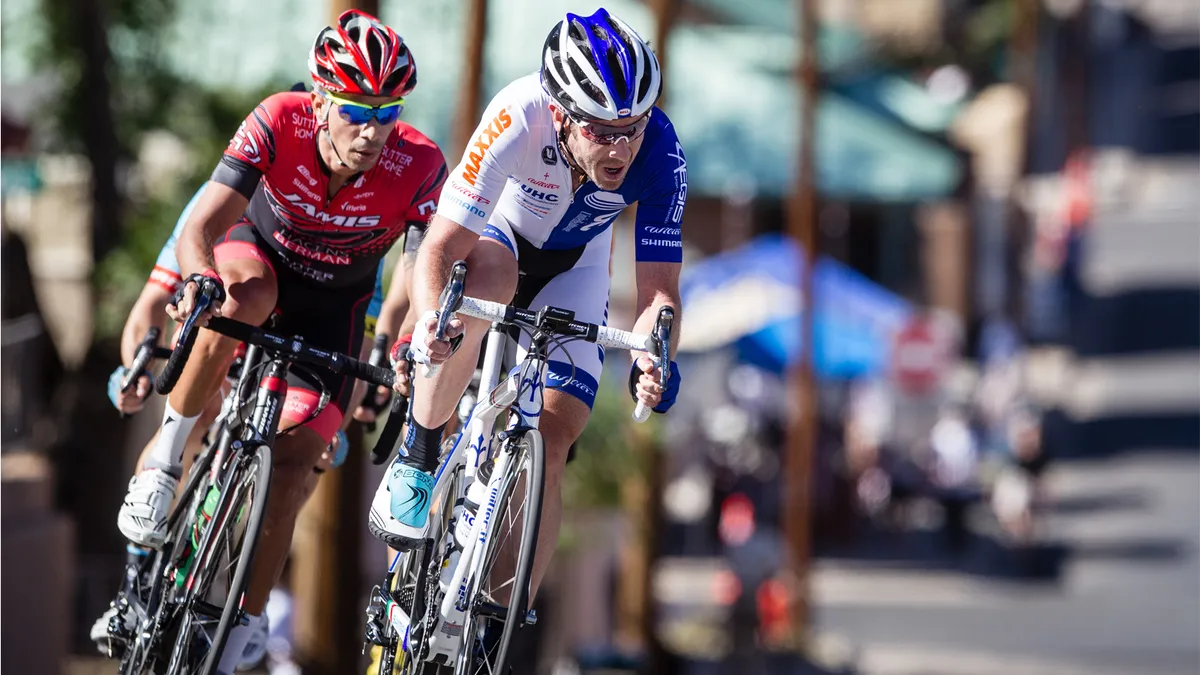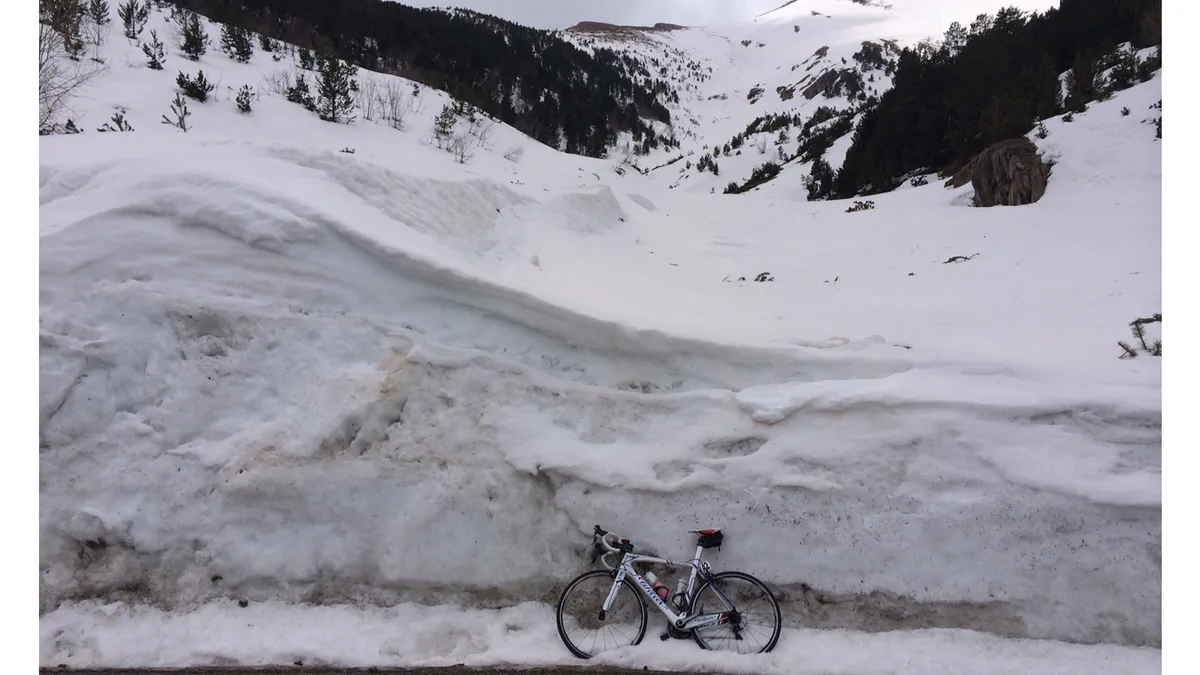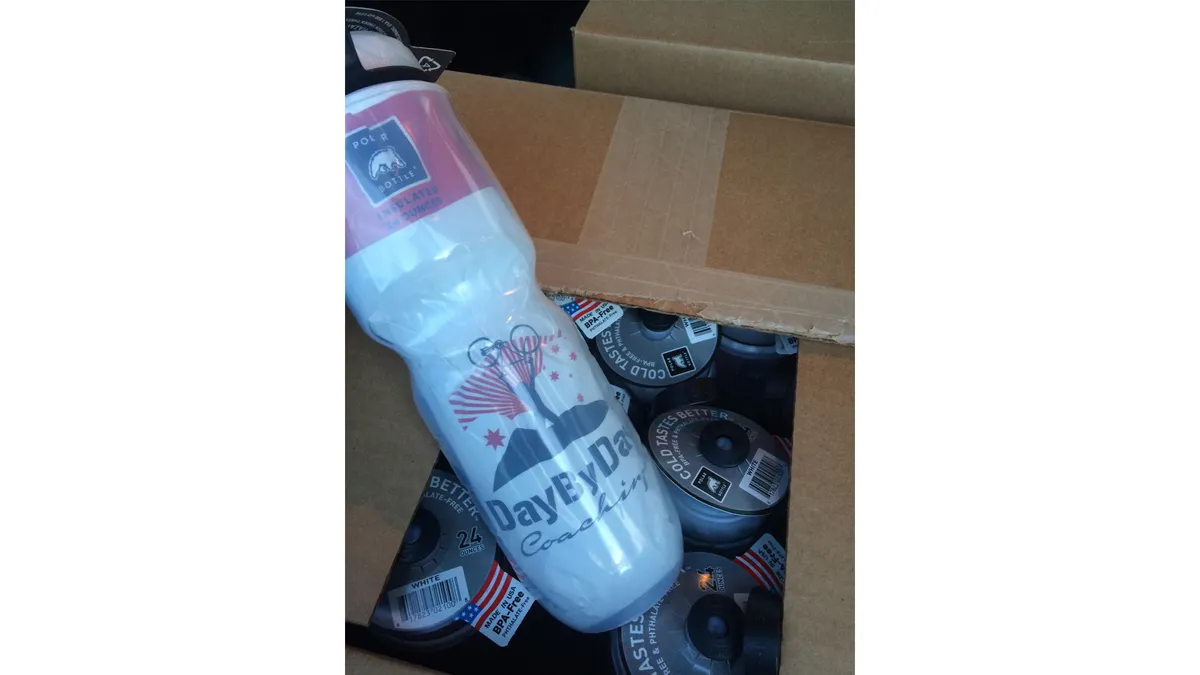Over Christmas, professional coach Ben Day spent two weeks in Australia (where the temperature was around 35ºC / 95ºF), followed by two weeks in wintry Quebec, Canada (where the mercury dropped to as low as -20ºC / -4ºF).
This got him thinking about how extreme weather can affect your performance on the bike if your body is not adapted, and how you can prepare for these extreme conditions.
Day once raced the Tour Down Under in Australia when it was so hot that they cancelled the horse racing. He also remembers racing while it was so cold and snowing so hard that a teammate started the race with his tracksuit on!
If you can get a leg up on your competitors (or mates) in these scenarios, your odds of winning (or gloating) are greater than ever, as so many athletes aren't focused on the weather. Being correctly prepared can preserve your health too.
Here are Ben's best tips for dealing with extreme weather. Don't forget to check out all the other Training Day by Day features too.
Riding in the cold
Let's start with the cold. Performing in cold conditions is more a matter of good choices than adaptation. Yes, spending time training and racing consistently in cold temperatures will enable you to perform at a higher level, because you'll be are able to maintain core body temperature better and muscular contractions won't be negatively affected.
But it's the clothing you choose in cold weather that can be the difference between winning and not finishing – or between being comfortable and getting hypothermia.
Look after your extremities and cover up!
Your extremities are your feet, hands and head. Keeping these bits all covered and warm is vital. Exposed skin is the most susceptible to damage from extreme weather.
Layer up
Layer your clothing, starting with a good base layer, and the sweat that you generate will be wicked away from your skin to the surface, keeping you warmer and drier. Take layers on and off as you get colder or warmer to regulate your temperature. This is a skill that might take some practice.

When it's really cold, be sure to take plenty of layers
Heat cream
Not sure if it was the Belgians who came up with this idea, but they have heat cream for the legs that you could cook an egg on.
Keeping your legs warm helps to maintain efficient muscular contraction. Just be careful not to accidentally get this cream where it might not feel so pleasant (tip: do your chamois cream first!). And be ready for it to burn in the shower when you wash it off!
Breathable fabrics
This can be the difference between staying healthy and just chilling to the bone. High-tech fabrics, such as Nano Flex, are designed to wick the sweat from your skin to your outer layers where it is then evaporated – negating that nasty windchill you can get on your chest when you’re sweating in the cold.
Wet vs dry
Choose the right clothing for the conditions. When it's cold but dry, using fleecy top clothing that's warm and breathable is best. When it's cold and wet, you need to keep that water out. Look for water-repellent rain jackets that don't hold or let in water.
Whatever the weather, you’re better safe than sorry. Taking that one extra jacket, even if it's a light wind jacket, is excellent security.
Riding in the heat
Riding in hot conditions is a little trickier to get right than riding in cold – mainly because you can only take off so many clothes to regulate your heat.
Once your core temperature goes past a certain level, your brain will choose survival over performance. Your output will start to decrease as your body redirects your blood to perform cooling duties.
With this in mind, there has been a lot research on what you can do to minimise the affect.
Heat adaptation
Spending a period of 10 to 14 days in hot environments sees a change in your blood plasma levels, which helps core temperature regulation.

Saunas are becoming a popular method to acclimatise to hot and humid conditions
In recent years, it's become common for elite atheletes to use a sauna in the training process as they come into the summer races. Stressing the body in this manner is similar to how you might train out on the road. Your body is challenged so it adapts to become stronger and more efficient at handling the heat.
Clothing
What you wear plays a part and it's obvious in this scenario that you want the lightest clothing possible. It's is a matter of balance between covering up to keep the sun off and keeping your garments light and breathable.
Sunscreen
You're crazy if you don't wear it. Yes, Ben Day is an Aussie and skin cancer is a common cause of death in Australia, but if you need another argument, when your skin burns, your core temperature rises and you can overheat – use sunscreen to stop this happening.
Hydration
Keeping your fluids up, and ideally with an electrolyte solution, keeps your motor running cooler. As you become dehydrated, your core temperature will once again go up. On very hot days, it is impossible to ingest enough fluid to maintain hydration when you're exercising, so it needs to be a 24/7 effort.
Observe your urine and don’t be afraid of alternating between the electrolyte solution and water. If what you’re drinking is passing straight through you, up your sports drink intake. It not, keep up both water and the sports drink.
Slurpees!
OK, they're packed full of sugar, but frozen slushy drinks have been proven to be the best non-invasive way to keep your core temperature down. The best way to make them is to combine blended ice with your favourite electrolyte solution, and companies such as Polar Bottle make insulated water bottles that keep your cold drinks colder for longer, and your hot drinks hotter.
Do not underestimate the importance of negotiating these weather conditions correctly. Asides from affecting your performance, extreme weather can actually threaten your life.
Plan ahead and give yourself the best chances for success.
Ben Day started DaybyDay Coaching in 2008 to share his experience as a 13-year international professional cyclist with endurance athletes of all levels. An ex-National Champion, he recently retired from racing professionally with the UnitedHealthcare Pro Cycling team to focus on delivering the DaybyDay Coaching service to both amateur athletes and professionals, first time racers, to WorldTour professionals.
In future articles, Ben Day and Chris Baldwin will continue to share with you methods for improving your cycling, whether mental, physical or technique related. Do you have any tricks that you use or questions for future articles? Share them with the guys on Twitter – their handle is @daybydaycoachin and join the DaybyDay Coaching community.



